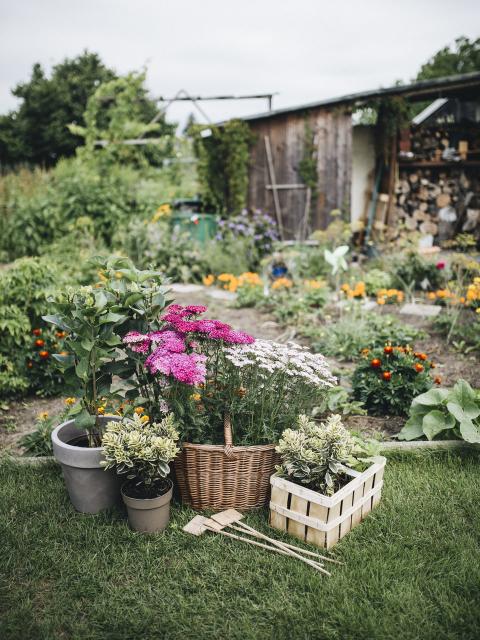Good for you
It’s the ideal solution for city dwellers: sharing a garden. For lounging in the sun, letting your children play or growing your own veg. It allows you to escape from the bustle and noise, and gives you back peace and relaxation. And if you grow your own food, you learn about the natural processes of growth and can enjoy fruit and vegetables that have not been sprayed and that you’ve harvested yourself. That makes those tomatoes taste even better. And an added benefit is that all that digging, weeding and hoeing means you get more exercise!
Good for the community
Gardening together also helps you to get to know your neighbours better. That grumpy man at number 7 turns out to be really rather nice, and the lady next door offers to babysit. Children get to know other kids who live nearby, and can play together in a safe space. And a cheerful patch of green looks a lot better than stone, steel or concrete, doesn’t it?
Good for the climate
All that greenery is also good for the air, particularly in the city. More greenery means more oxygen and less carbon dioxide, so less air pollution. Gardens also absorb surplus rainwater, which reduces the risk of flooding, which is on the increase as a result of global warming.
In other words ...
A communal garden is brilliant.
Contact your local council to find out about their policy on shared green spaces. If you’d like to learn more, you can find lots of information about this topic online.













